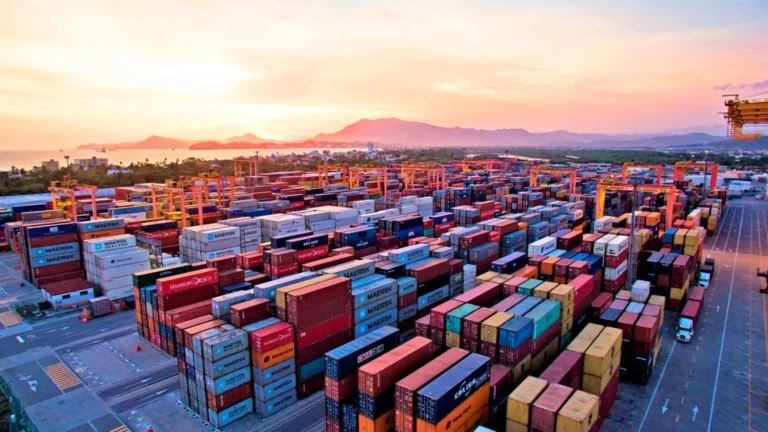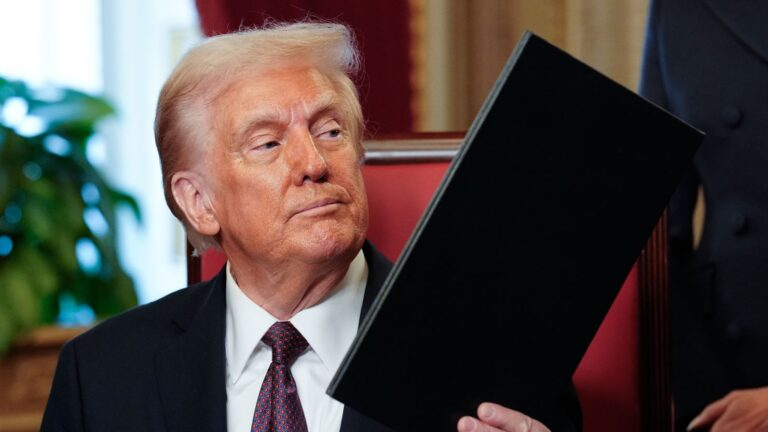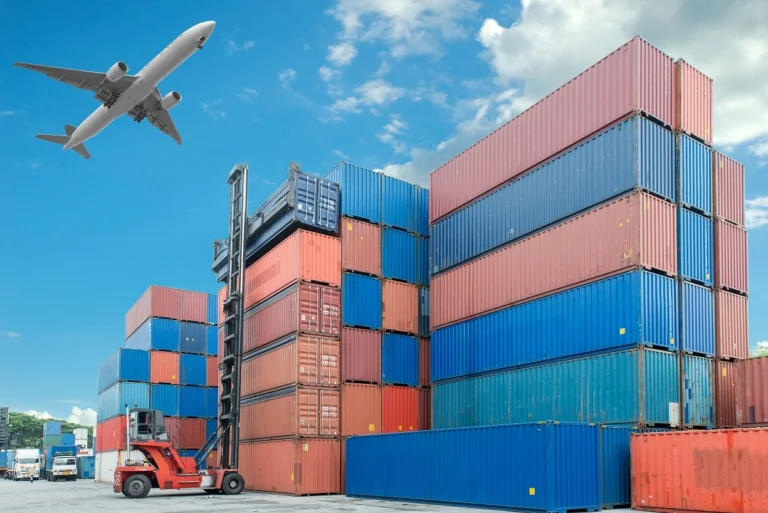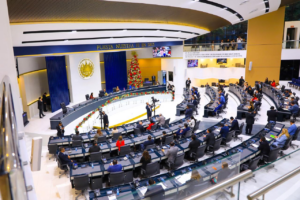President Donald Trump announced that his administration will set tariffs for multiple countries in the coming weeks, arguing that it does not have the capacity to negotiate agreements with all its trading partners. As he explained, “150 countries want to reach an agreement”, but the administration will prioritize selective contacts due to logistical and staffing constraints.

Trump indicated that Treasury Secretary Scott Bessent and Commerce Secretary Howard Lutnick will send letters to different countries informing how much they will have to pay to trade with the United States. He clarified that the measures will seek to be “fair”, but reaffirmed that he cannot attend to all the interested nations at the same time.
The measure is part of the so-called reciprocal tariffs plan promoted by Trump, which had already generated tension with dozens of trading partners since its announcement on April 2. Although its implementation was initially paused for 90 days to allow for negotiations, the president now seems to be inclined to impose tariffs unilaterally.

The U.S. is currently in active talks with a dozen economies, including Japan, South Korea, India, and the European Union. In addition, it recently reached partial agreements with the United Kingdom and China, the latter focusing on a temporary tariff cut to extend the bilateral dialogue.
Trump also stated that India offered him a reduction of tariffs on U.S. products, although New Delhi has not confirmed this proposal. Meanwhile, experts warn that the impact of the new tariffs could be passed on to consumers in the US, as the costs are usually absorbed in part by importers.








